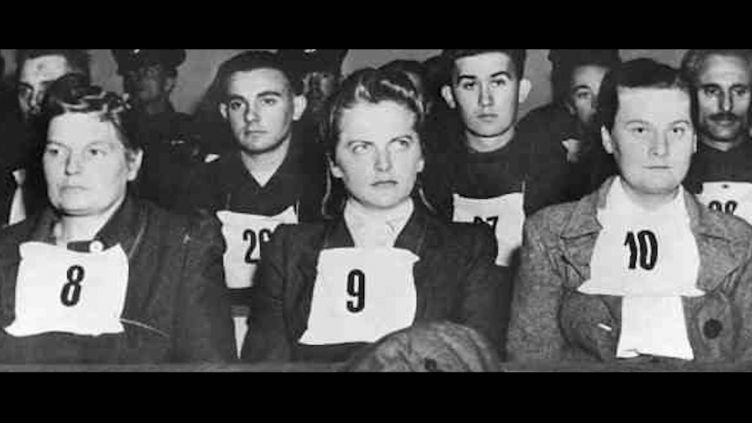The Sociology of Evil
We live in an age of extraordinary social and technological advancement. Universal human rights, unprecedented medical innovation, complex global interconnections and a whole new digital world have literally transformed our experience of the human world.

We might even be at the apex of a civilised society. But within all of this progress, we have been unable to rid of one historical constant and we still live under its shadow... evil still exists, and its definition still eludes.
Historians attempt to catalogue evil and discover its forms, whilst philosophers ruminate on it. Psychiatrists, neurobiologists and psychologists similarly seek it out and search for its causes, they look for its antecedence in the images of MRI scans, and they interrogate it on the therapist’s couch. They recreate it in complex experiments. Pathological minds and bodies are identified and categorised. Extras chromosomes, neural structures and chemical imbalances are held aloft. Malign surroundings, too, are considered. Is nurture purely to blame?
But, no matter how much work is done, evil still remains.
So, what if we were to seek an understanding of evil that does not rely on the assumption that it is solely located or expressed by the individual as an evil deed, sin or vice? What if we were to seek out an understanding of evil that is not solely played out in myth, religion or philosophy? What if we were to ask why we need evil?
Dr. Tom Clark did just that, using novel sources of data to explore the sociology of evil.
People have always committed the most atrocious acts against each other, but what evil meant to Zoroaster was quite different to what it meant to Augustine, which is again different to how we might use it now. Sometimes it is almost ignored altogether. As a sociologist, I'm interested in how these applications of evil take shape, and what consequences they might have.
Dr Tom Clark
“The aim of a sociology of evil is to examine specific cases of evil, and there are a great many within contemporary society, and attempt to understand them as a product of the social and historical context that they emerge from,” explained Tom.
“This isn’t to ask why someone did something. It is, however, to empirically examine how evil is said to exist, why it exists in that form and with what consequences.”
As part of his research, Tom examined boxes of files, which are stored at the National Archives, containing information on notorious serial killers such as Myra Hindley and Harold Shipman, but Tom’s interest in this area dates back to the 1980s and 1990s.
“At the time, my window on the universe was the TV and I can remember watching all sorts of things that scared me senseless,” said Tom.
“Public Information Films like the 'Charley says' series and 'deep water' were a staple at school, and cartoons like 'When the Wind Blows' introduced me to what life would be like in the nuclear winter. When I could actually get some sleep, Freddy haunted many of my teenage dreams, and I can even remember waking to the sight of people celebrating the fact that Ted Bundy had been executed - it was on the morning news before I went to school. I'm not a macabre person by any means, but evil was part of the televisual scenery if you grew up during that time. It was pretty relentless.
“In order to shield my eyes from some of the evil in the world, my Mum didn't actually allow me to watch '15' films until I was 15, and I actually missed out on a lot of the horror my friends were talking about at school. But by the time I'd caught up, I discovered that there was also a series of video nasties that the Government didn't want me to watch, and I set about trying to find them too. I started to read books about horror films - what they meant, why they were written - and soon began analysing all the horror for myself.
“So, having been surrounded by images of evil for much of my life, when I became a sociologist it wasn't a huge leap for me to ask 'why do we do this to ourselves?' I began researching what the discipline has had to say about evil and began to think about how it can be studied in a sociological manner.”
Tom added: “People have always committed the most atrocious acts against each other, but what evil meant to Zoroaster was quite different to what it meant to Augustine, which is again different to how we might use it now. Sometimes it is almost ignored altogether. As a sociologist, I'm interested in how these applications of evil take shape, and what consequences they might have.”
Tom's book 'The Sociology of Evil' explores how the process of identifying, negotiating and managing evil is not always as straight-forward as we might want it to be.

